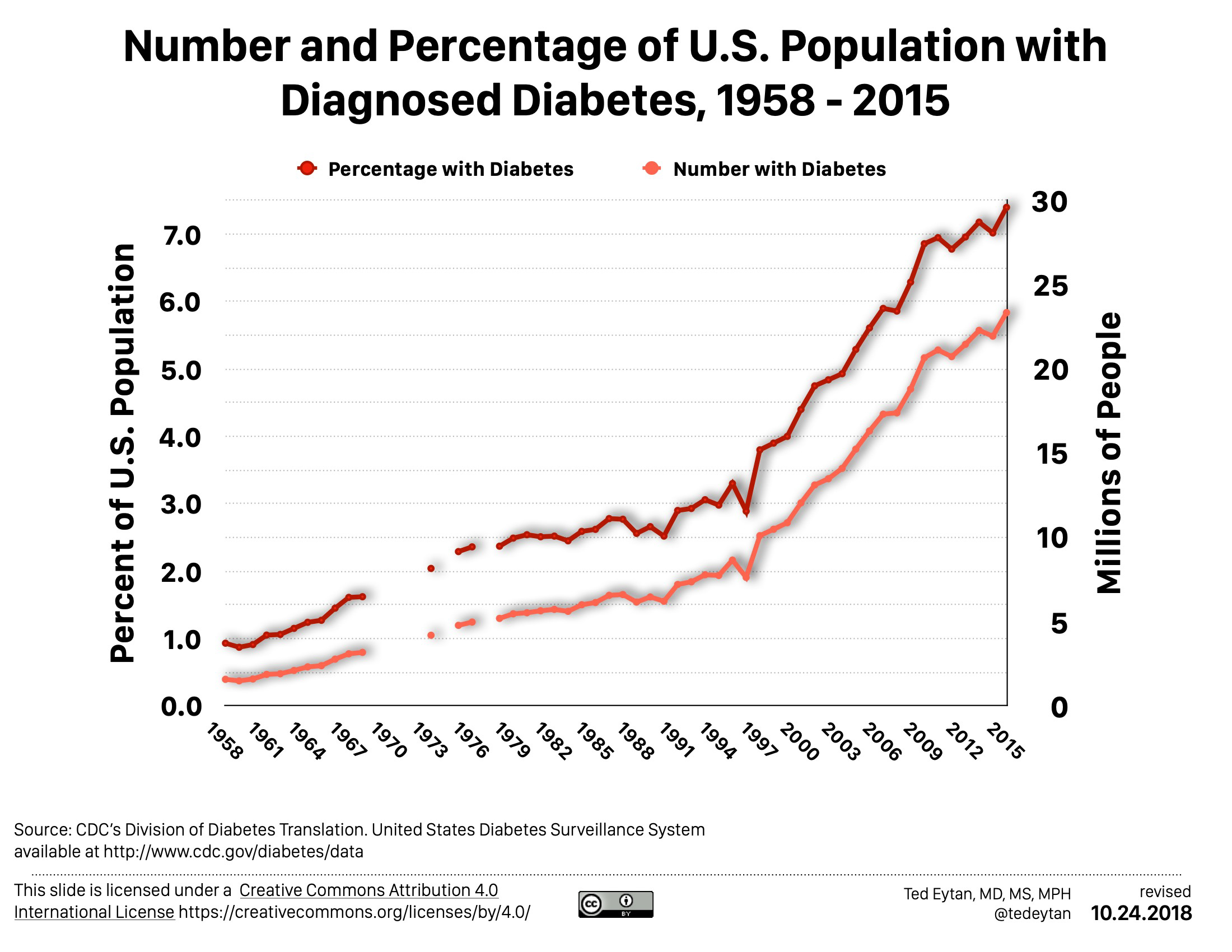
It’s impossible to be too careful when it comes to understanding how your body works and what threats could lie in wait. That’s why it’s important to know about ketoacidosis, an increasingly common medical condition linked to diabetes. Put simply, ketoacidosis is a dangerous and potentially deadly condition that, when left untreated, can have severely damaging effects on your health. To help you understand this condition, we’ll take a look at what you need to know about ketoacidosis.
1. Ketoacidosis – the Basics!
Ketoacidosis is a serious and potentially life-threatening health condition. It develops when too many ketones are produced in the body, usually as a result of diabetes, starvation, or other medical conditions. Here are the basics you need to know about the condition:
- It’s caused by the body’s loss of insulin. When the body does not have enough insulin, the body begins to break down fat and produce ketones which then accumulate in the blood. This process is called ketoacidosis and is a sign that the body is not able to use glucose for energy.
- It can have serious health consequences. Left untreated, ketoacidosis can lead to severe illness, including dehydration, coma, and, in rare cases, death. It’s important to get medical help immediately if you suspect you’re experiencing this condition.
Ketoacidosis usually only occurs in those who have diabetes, but it can also occur in certain other medical conditions. If you’re the caregiver for someone with diabetes, it’s important to be on the lookout for any symptoms of ketoacidosis. Symptoms may include excessive thirst, frequent urination, nausea, and abdominal pain. It’s important to contact a medical professional right away if any of these symptoms occur.

2. What Causes Ketoacidosis?
Ketoacidosis is caused when your body produces too much acid or is unable to break down all the acid. Most often, ketoacidosis is caused when your body doesn’t have enough insulin to convert glucose into energy. Instead, your body will start burning fatty acids for fuel, which in turn produces ketones. Too many of these acid-producing ketones will make your body’s pH level unbalanced.
- Diabetes: Ketoacidosis is most commonly caused by diabetes and is a life-threatening complication of the condition.
- Alcoholism: Drinking excessive alcohol can be a cause of ketoacidosis due to the body’s inability to properly metabolise the alcohol.
- Pancreatitis: Pancreatitis or a blockage of the pancreas can also be a cause of ketoacidosis.
Ketoacidosis can also be caused by certain medications or illnesses, such as starvation or heart failure. In this case, ketoacidosis is caused by the body’s inability to produce or use insulin. It’s important to identify the cause of ketoacidosis so that it can be treated properly. If left untreated, ketoacidosis can lead to serious complications, including coma and death.
3. Symptoms to Watch For
Itchy Rashes and Blisters
Most people who’ve had chickenpox will develop an itchy, bumpy-looking rash that appears as clusters of tiny blisters on red skin. It normally begins on the torso and may spread to the face, arms and legs. Although the rash is usually mild, it can be uncomfortable and require medications for relief.
Fever or Flu-Like Symptoms
Fever, headaches, fatigue and a general feeling of illness are associated with chickenpox. Some people may experience nausea, sore throat and mild abdominal pain. It’s not unusual for them to feel more sick than usual in the early stages of the virus. If you experience any of the following symptoms, check with your doctor right away:
- A fever higher than 101°F (38.3°C)
- A rash that looks infected or crusts over
- Any sore that hasn’t healed after five days
4. Diagnosing Ketoacidosis
The diagnosis of ketoacidosis is based on real-time laboratory analysis of blood, as the symptoms of this disorder can easily be mistaken for other conditions. If untreated, this condition can lead to serious health complications.
To diagnose ketoacidosis, the doctor will usually test for:
- Excess ketones in the blood and urine – Ketones are produced when the body is burning fat for energy. High levels of ketones signify a state of ketoacidosis.
- High levels of blood sugar – Increased sugar levels in the urine and blood indicate that the body hasn’t been able to use glucose for energy.
- Abnormal electrolyte levels – Electrolytes are salts in the body such as sodium, potassium, and chloride. Abnormal levels of these salts indicate a state of ketoacidosis.
- Low levels of oxygen in the blood – Low levels of oxygen in the blood can be an indication that a person is in a state of ketoacidosis.
Additionally, the doctor may also do a physical examination to monitor vital signs and general health, as well as to look for signs of dehydration.
5. Treatment Options for Ketoacidosis
Ketoacidosis is a very serious medical condition that can have very severe implications if left untreated. Luckily, there are a few treatment options available for those suffering from this condition. Here are five treatments to help manage ketoacidosis:
- Insulin: Insulin helps to directly reduce the amount of glucose in the blood by allowing glucose to be used as energy and by decreasing the production of ketones. An injection of insulin is usually the primary treatment for ketoacidosis, and is the most effective way to reduce the amount of ketones in the blood.
- Hydration: Dehydration is a common symptom of ketoacidosis. An important part of treatment for ketoacidosis is to replace lost fluids. This can be done through intravenous fluids or oral hydration, such as advanced electrolyte solutions.
- Electrolyte Replacement: Another symptom of ketoacidosis is electrolyte imbalances, so replacing electrolytes such as sodium, potassium, and magnesium is critical for managing ketoacidosis. Electrolyte replacement is usually done through oral or intravenous solutions to replenish electrolytes.
- Nutritional Support: Nutritional support is often an important part of management for keto acidosis, as it helps to provide energy and replace the nutrients lost due to dehydration. This can include a combination of low-carbohydrate, high-fat diets, as well as nutritional supplements such as vitamins and minerals.
- Medications: Medications can also be used to help manage ketoacidosis. These medications can include diuretics, antacid medications, and anticonvulsants.
These five treatments for ketoacidosis can help to manage the symptoms of this condition, and can help to improve overall health and wellbeing. It is always important to seek medical advice if you are concerned that you may have ketoacidosis.
Q and A
Q: What is Ketosis?
A: Ketosis is a natural metabolic state in which your body produces ketones – molecules created from fat, which occur when you severely restrict your carbohydrate intake. This can lead to weight loss, improved energy levels, and other health benefits.
Q: What is Ketoacidosis?
A: Ketoacidosis is a dangerous, medical condition that occurs when your body produces too many ketones. This can result in an unhealthy acidity level in the blood, and, if left untreated, can lead to a coma or even death.
Q: What are the symptoms of Ketoacidosis?
A: Symptoms of Ketoacidosis include frequent urination, increased thirst, abdominal pain, confusion, and rapid breathing. If you are experiencing any of these symptoms, it’s important that you seek medical attention immediately.
Q: Who is most at risk for Ketoacidosis?
A: People who are diabetic – especially if their blood sugar levels are already high or their body is not producing enough insulin – are most at risk for Ketoacidosis. People who are following a low-carbohydrate diet, such as the ketogenic diet, can also be at risk for Ketoacidosis if the diet is too extreme.
Q: What can I do to reduce my risk of Ketoacidosis?
A: To reduce your risk of Ketoacidosis, you should always monitor your ketone levels and glucose levels if you are following a low carb diet, such as the ketogenic diet. Additionally, be sure to speak with your healthcare provider about any lifestyle changes you are considering to ensure that it is safe for you.
Ultimately, ketoacidosis is no joke—it requires a medical professional’s expert advice if symptoms persist. With the right diet and good blood sugar management, knowing the risks associated with ketoacidosis can be a powerful tool in helping ensure a healthy life. Good luck!